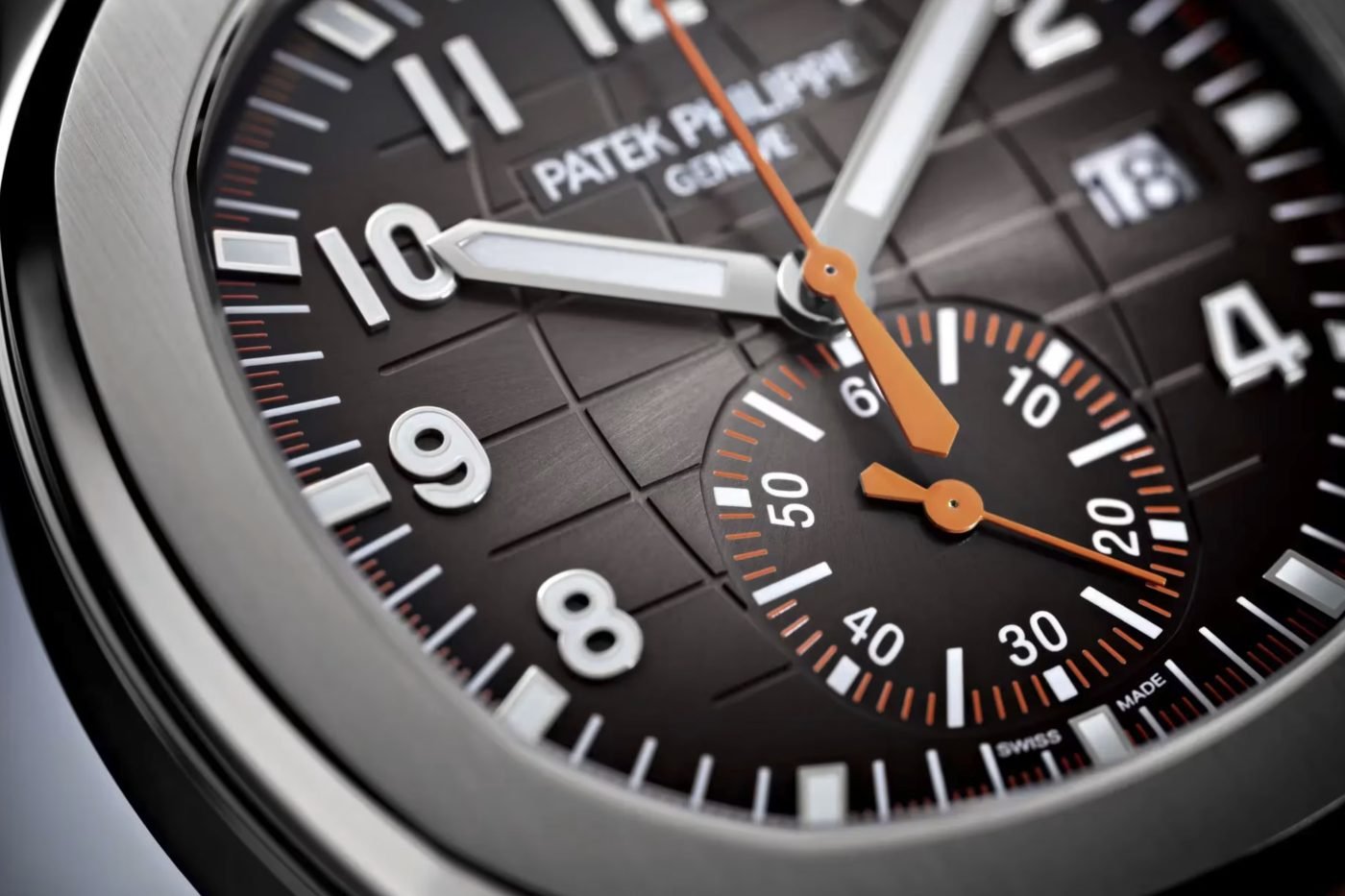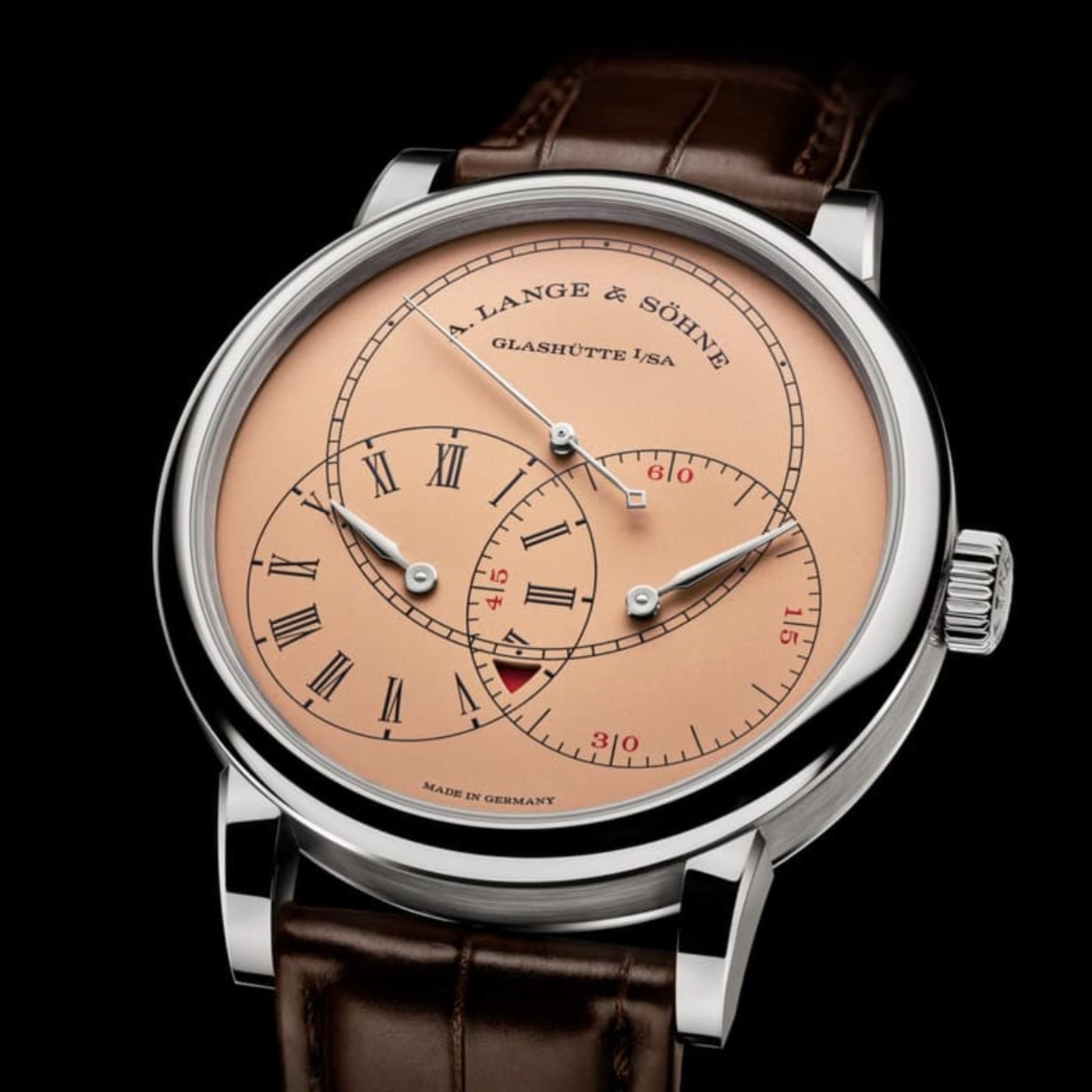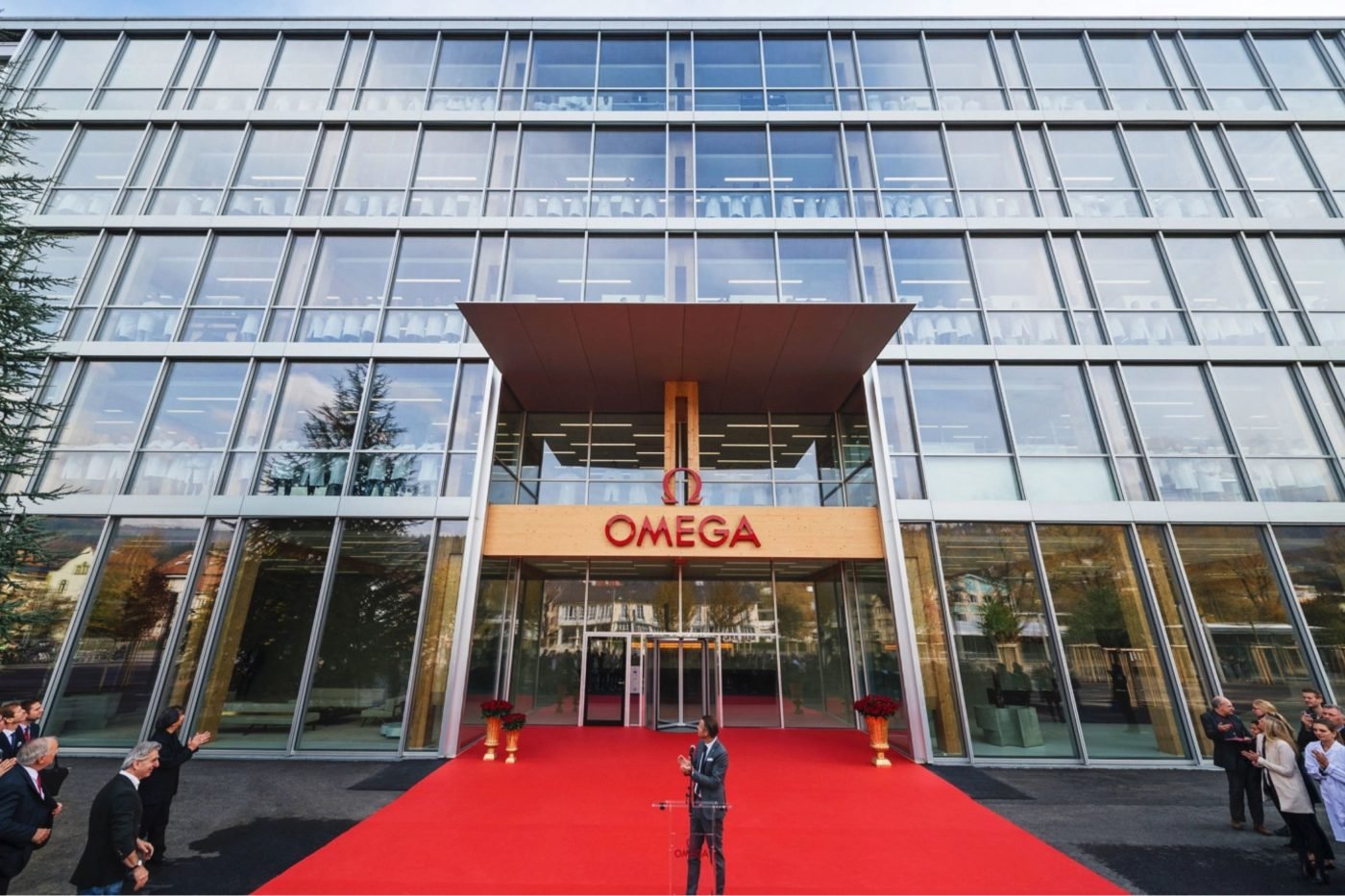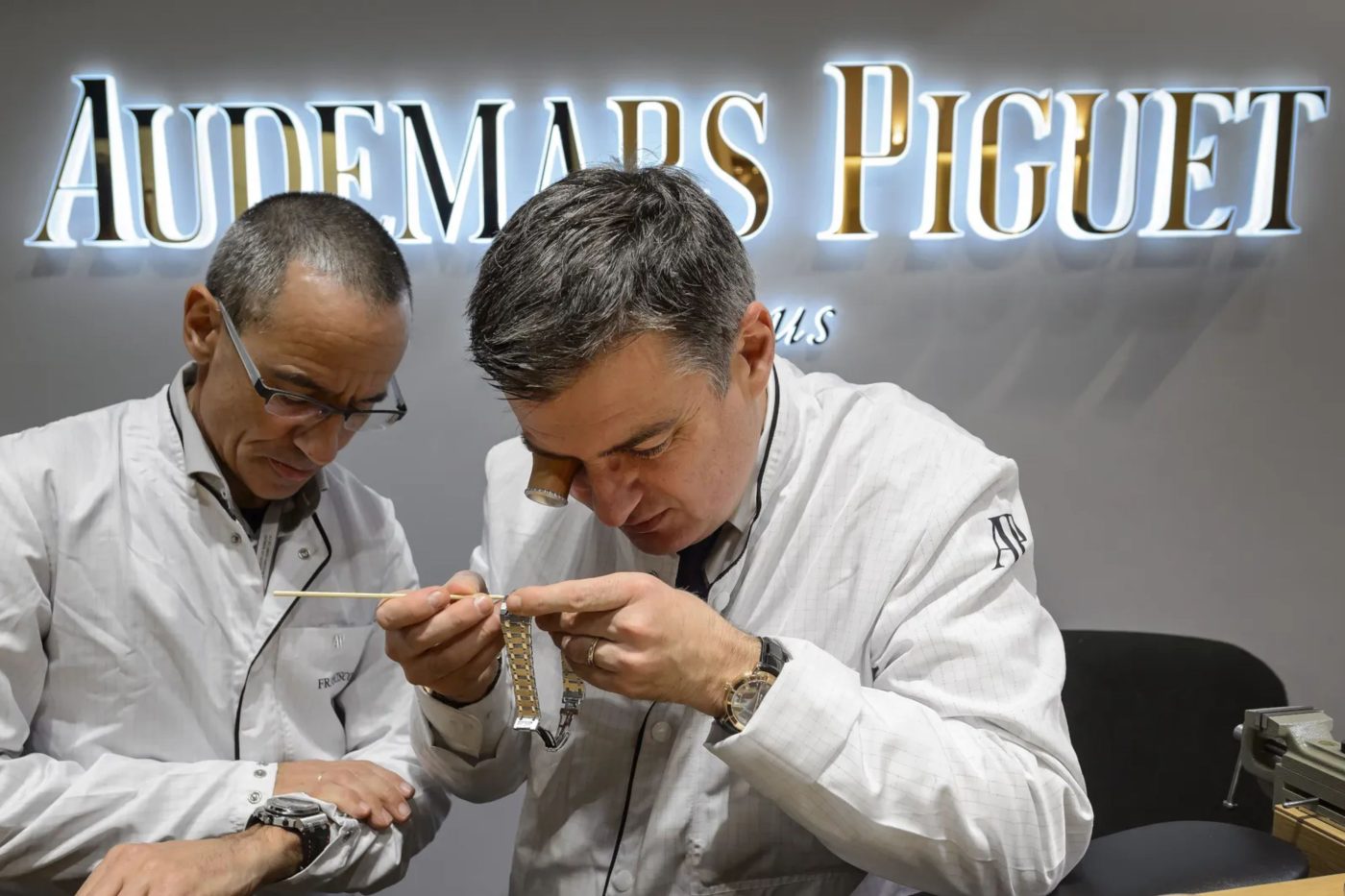- A global watchmaker shortage is inflating labour costs, with training times and wages pushing up the price of movements.
- Rising material and energy costs are making every component more expensive to produce.
- The push for in-house calibres is raising R&D costs, ensuring higher retail prices but also advancing technical innovation.
It’s hard to find a watch article these days that don’t make some mention of the looming tariffs imposed on the horological market by the US. It’s dominated discussion for months, with the world’s top brands like Rolex, OMEGA and Patek Philippe forced to adjust their prices in a volatile market.

For many luxury Maisons, the choice has been to either raise prices to offset the hit, or absorb the losses in the hope of keeping collectors loyal. Even brands like Rolex, seemingly immune to the friendly fire, has seen interest for select models dwindling through these changes, with authorised dealers quietly chasing clients to move slow-moving stock.
But soon, we may find that tariffs are but one of a number of complications facing the watch industry, if you’ll pardon the pun. And it’s about to make movements, quite literally, more expensive.
The Skilled Labour Shortage Driving Up Watch Costs
Firstly, the Swiss watch industry is facing a critical shortage of trained watchmakers able to keep up with increased demand.
Speaking with one of A. Lange & Söhne’s watchmakers in Sydney, I was struck to learn that German artisans won’t even touch a watch during the first year of training. Instead, dedicating the time to honing their tools for the perfect edge for when the time came.

This almost monastic devotion to watchmaking shows just how rare the craft has become in 2025. The best of the best commit decades, often entire lifetimes, to perfecting a craft that still relies on centuries-old techniques. In a world increasingly defined by algorithms and automation, watchmaking remains defiantly analogue, and that is precisely what makes it so extraordinary.
With thousands of new professionals needed in the coming years, the industry is grappling with a bottleneck. Training takes time, and time costs money.
Rising wages, longer apprenticeships, and the sheer scarcity of qualified artisans are already putting pressure on movement prices; a cost that will inevitably trickle down to collectors.
Curated news for men,
delivered to your inbox.
Join the DMARGE newsletter — Be the first to receive the latest news and exclusive stories on style, travel, luxury, cars, and watches. Straight to your inbox.
Rising Material & Energy Costs Hit Precision Parts
If labour is one side of the problem, materials represent the other. Of course, every watch collector knows the value of gold cases and platinum bezels; the tangible riches that we use to adorn these pieces. Gold alone has gone up by 30% this year. Platinum by 47%.
But the reality is that most of the movement’s cost comes from less glamorous parts that make up the mechanism: silicon, steel, and even synthetic jewels. Recently, the cost .

Silicon, the backbone of many modern escapements, has seen wild price swings thanks to its use in everything from smartphones to solar panels. This volatility will only bump up prices of timepieces on the other end, with some of the biggest luxury Maisons proudly sourcing materials locally.
Add to this Switzerland’s skyrocketing energy costs (largely felt across the globe in recent years), and suddenly every spring, screw, and jewel costs significantly more to produce. When you remember that your everyday calibre can contain over 150 components, not to mention a high complication can push past 500, those numbers start to add up quickly.
In-House Movements Don’t Come Cheap
“In-house” has undoubtedly been one of the industry’s favourite mantras over the decades. Simply doing an self-audit of my own articles has proved how much this PR alert has become the barometer of haute horlogerie.
Brands are desperately moving away from off-the-shelf calibres as a way for brands to differentiate themselves from a saturated market, justifying the high price points that some of their most compicated references are now commanding.

In any other industry, moving everything “in-house” would surely be a money-saving exercise. No longer buying in artisenal bread for the morning rush. Instead, baking it fresh in-house. Or no longer buying expensive rookies in sport. Instead, investing in academies and the infrastructure to help them succeed at the club.
Yet, in horology, just the R&D to create a new calibre takes years of development and millions of Euros in investment. Prototypes need testing, components need redesigning, and fresh white lab coats need to be ordered. All of that has to be paid for, and the only way to pay for it is through higher retail pricing.
The irony, of course, is that collectors have been clamouring for brands to take everything in-house. But it’s the very thing that will drive up the price tags in Sydney boutiques in the future.
Let’s face it, movements are about to become a lot more expensive, but, unlike tariffs, these costs at least come with progress. Movements will improve, complications will advance, and the intricate finishings that we all love will continue to reach new heights. Collectors may be paying more, but they’ll also be getting more than just another tax.

